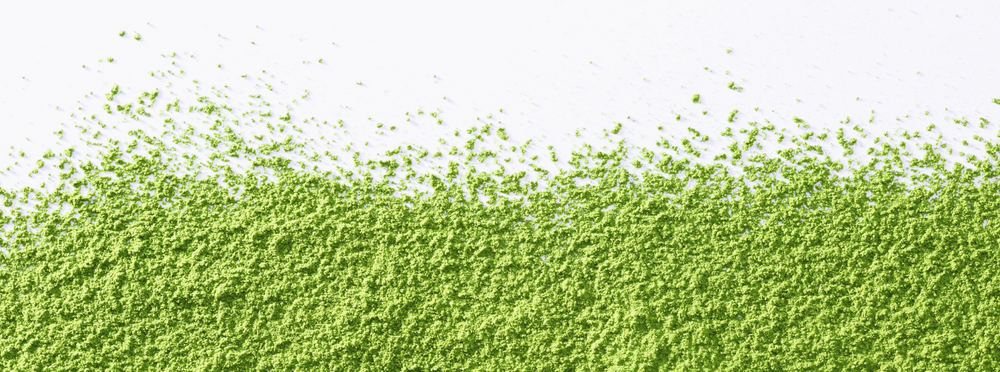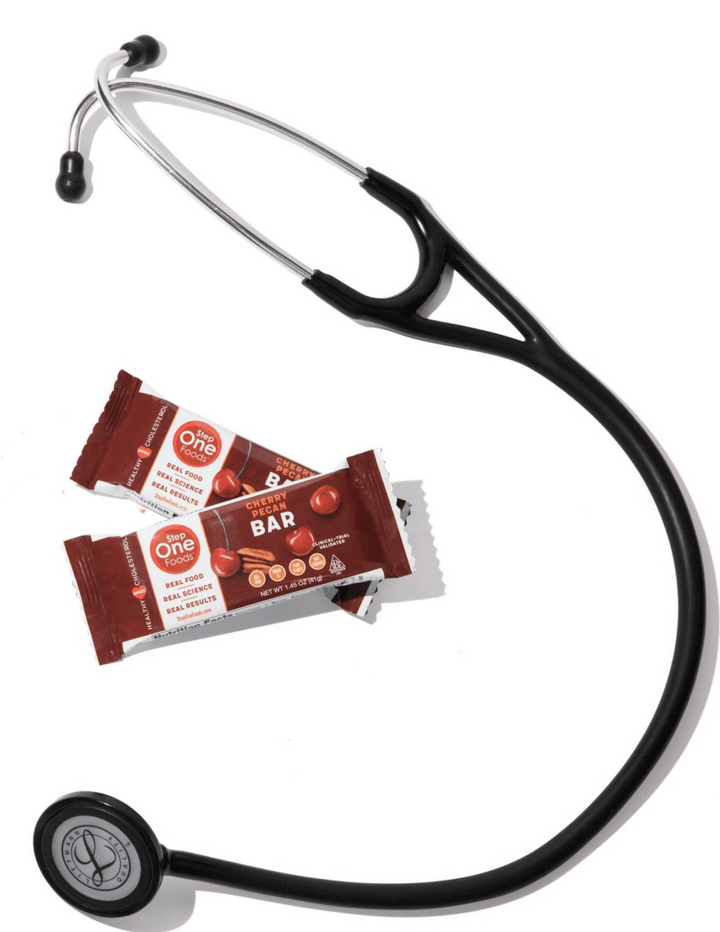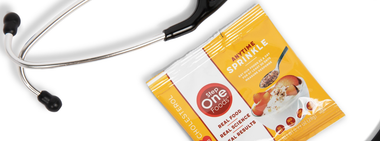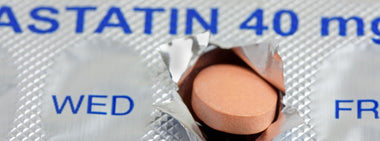The Murky Side of Green Powders

What Are Green Powders and Do They Actually Work?
Various mixes of spinach, kale, algae, supplemental nutrients and “superfoods” in green powdered form, have surged in popularity as a convenient nutrition hack. Promising to flood your body with vitamins, minerals, antioxidants, and phytonutrients in a single scoop, makers of these concoctions want you to think their products are essential to your well-being. But does the science really support the hype, and are there any hidden drawbacks?
Supplements Disguised as Superfoods
As a clinician, I regularly see patients who take an astonishing array of supplements in pursuit of optimal health. One patient held the record: nearly 180 supplement tablets per day (yes, you read that right!). Not surprisingly, he had little to show for it in terms of overall health. And although green powders look different than pills, most still fall into the supplement category. They just happen to be buoyed by persuasive marketing and glowing influencer testimonials.
Do Supplements Improve Health? The Evidence Says No
In the absence of a true nutrient deficiency, supplements have never been shown to have any meaningful impact on health outcomes. This has been demonstrated so consistently that experts have even urged the halting of further supplement studies.
This is in stark contrast to food, where data has consistently shown that dietary composition is tightly linked to health outcomes, and that whole-food, plant-centric diets come out on top. Whole vegetables and greens deliver nutrients in precise combinations and in just the right amounts. This is the magic of nature - and it simply cannot be replicated in a man-made concoction.
Supplements Are Not a Better Choice
Supplements are essentially ultra-processed nutrients that are taken out of context and combined in unnatural ways. We already know the negative effects of ultra-processed foods. There is little reason to think ultra-processing nutrients would be any better. You might be able to take vitamin C in the form of a pill - or drink it as part of an artificially sweetened green powder - but the chances that you will replicate the biologic effect of eating that same amount of vitamin C in the context of a bowl of blueberries is nonexistent.
Nutrient Loss and Contamination Risks
To preserve shelf life, many green powders are dehydrated at high temperatures. This process can degrade heat-sensitive vitamins like vitamin C and certain B vitamins, as well as delicate phytonutrients. As a result, the powder may contain far less of these beneficial compounds than the label suggests.
The green powder market is also relatively under-regulated, especially when compared to food and pharmaceuticals. That means you could be ingesting more than just greens. For example, algae-based additives such as spirulina and chlorella can absorb heavy metals from contaminated water sources. Without rigorous third-party testing, green powders may contain lead, arsenic, or mercury at levels that could pose health risks over time.
Marketing Hype Without Scientific Proof
There is also the issue of marketing over substance. Buzzwords like “detox,” “alkalize,” and “supercharged energy” are rarely backed by clinical trials. To boost the illusion of scientific credibility, supplement companies often rely on studies using biologic models and blood nutrient concentrations, with testing done at their own facilities and by their own investigators.
Biologic models are not people. And just because you temporarily increase a nutrient level in the bloodstream does not mean that it results in a health benefit. Frankly, in people who are not deficient, it may not matter at all.
This is all in stark contrast to Step One, which helps close the gap on widespread dietary deficiencies and where validation of a clinically significant health benefit was documented in free living human subjects when tested at world-class independent institutions (Mayo Clinic and the University of Manitoba).
Cost vs Benefit: Green Powders or Real Food?
The cost benefit trade-off is another concern. A month’s supply of a premium green powder can cost $50 to $100, before you even have one morsel of food! In contrast, fresh spinach, kale, broccoli, and other greens often cost just a few dollars per week. These whole foods deliver not only more fiber, but also hydration and texture that powders cannot match. Step One Foods may be on the higher end of a green powder’s price range, but it provides a concentrated source of whole-food nutrients that people are actually lacking, while also offering you something delicious and satiating to eat!
The Bottom Line: Choose Food Over Powders
My advice never wavers. Eat food. Not too much. Mostly plants. And by food, I mean real food. If you want to use a powdered green drink as extra insurance, I won’t stop you. But please do not assume there are no downsides, or that drinking it gives you a free pass for the rest of the day. No scoop of powdered greens can replace the rich nutrient complexity of actual vegetables and fresh greens on your plate. Green powders may offer a convenient boost, but they are not a magic bullet. For real health, put down the scoop, pick up a fork, and enjoy nature’s original multivitamin.

Tested & Proven Results.
- Cardiologist formulated
- Supported by over 500 publications
- Clinically-proven, in a double-blind randomized trial with Mayo Clinic and The University of Manitoba
80% of participants lowered their cholesterol in just 30 days. With just two servings per day, Step One Foods offers a proven-effective way to naturally lower LDL (bad) cholesterol.
Get heart health tips and articles like this, delivered right to your email.
New articles every week.
You may also like...

The 95% Problem: Is Your Doctor Missing the Fastest Way to Lower Cholesterol?

You don’t need to avoid foods with cholesterol…except for these



